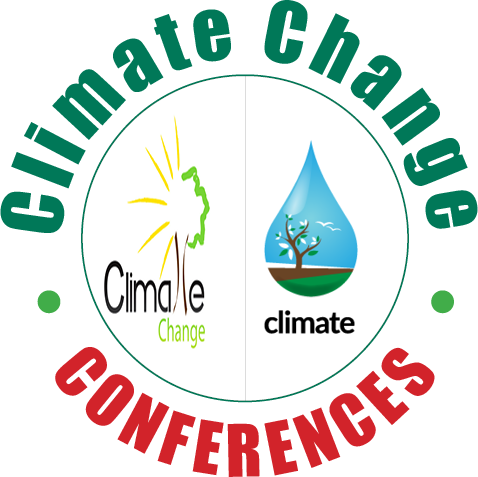
Rosa Galvez
Honorable Senator, Canada
Title: Climate Change and blue algal blooms: An example of extreme conditions
Biography
Biography: Rosa Galvez
Abstract
Canada has thousands of lakes with the number of lakes larger than three-square kilometers being estimated to 31 752 by the Atlas of Canada. Hundreds of these lakes are affected by algae blooms and implicate harmful cyanobacteria, posing toxic effects to human health, the environment and the Canadian economy.
Toxic blue-green algae thrive in warm, slow-moving water and that is why lakes are particularly vulnerable. Harmful algae bloom during summer seasons. Warmer water due to climate change might favor harmful algae by encouraging blue-green algae survival and preventing water mixing.
Moreover, Canada uses de-icing salts for winter road maintenance, which during spring are carried by surface runoff from highways ditches to streams and to lakes; this is provoking the presence of saline cyanobacteria to appear in freshwater environments.
Algae need carbon dioxide to survive. Higher levels of carbon dioxide in the air and water can lead to rapid growth of algae, especially toxic blue-green algae that have the ability to float or think according to their needs. While extreme rainfall events associated to climate change can dilute lake water volumes, these events are also followed by periods of drought that can lead to more algal blooms, or soil erosion carrying the associate undesired nutrients.
This presentation will include statistics concerning Canadian lakes water quality; blue algae presence in Quebec province lakes. A case study will be presented: St-Augustin Lake, considered as an example where extreme conditions occur. Actions that can be applied to adapt and attenuate impacts.

